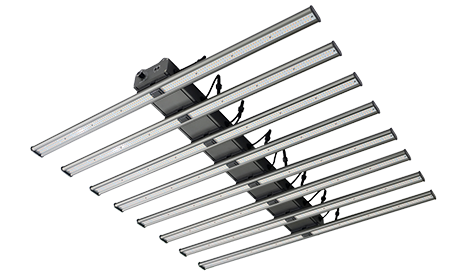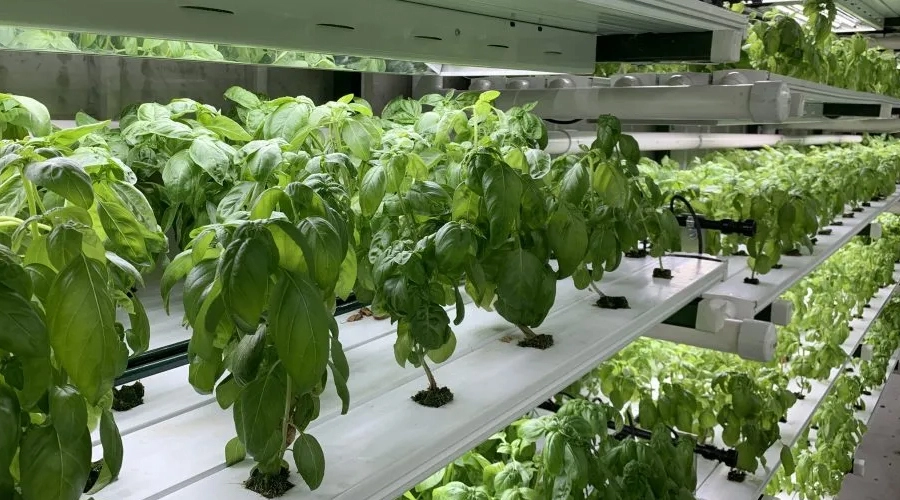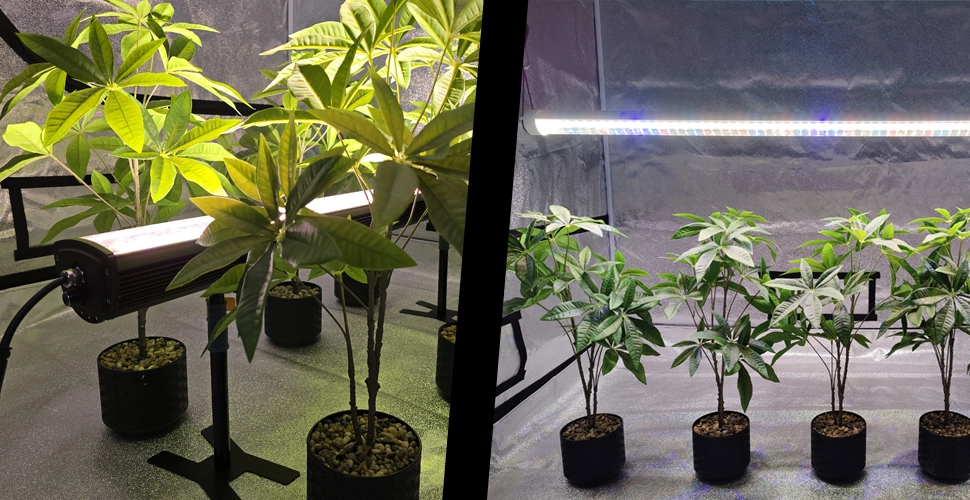Imagine a world where towering gardens pierce the urban skyline, not skyscrapers, their verdant layers humming with the quiet promise of abundant, fresh food. This is the vision of vertical farming, a revolutionary approach rapidly gaining traction in response to the growing pains of our current food system.
Traditional agriculture, once a pillar of human civilization, now faces unprecedented challenges.
- A perfect storm of land scarcity, climate change, and resource depletion threatens our ability to nourish a growing population.
- Droughts parch fertile plains, extreme weather disrupts harvests, and sprawling cities encroach on precious farmland.
The future of food demands innovative solutions, and vertical farming has emerged as a beacon of hope.
What problem does vertical farming solve? How is vertical farming resistant to climate change? How would vertical farms affect society culturally? Can vertical farming be helpful in local scenarios? Can vertical farming solve world hunger?
Read on for an in-depth look at the world of vertical farming, revealing its promise and potential pitfalls, its social and environmental impacts, and its contribution to building a more sustainable food future.
The Growing Challenges of Traditional Agriculture
Land scarcity: Shrinking arable land due to population growth and urbanization.
Water scarcity: Growing water stress and unsustainable water usage in agriculture.
Climate change: Extreme weather events disrupting food production and crop yields.
Pesticide use and pollution: Environmental and health concerns related to pesticide use.
Food waste: Significant losses at various stages of the food chain.
Vertical Agriculture Responds to Climate Change: A Fortress for Food Security
While traditional agriculture stands exposed to the harsh realities of climate change, vertical farms stand defiant, their controlled environments providing a haven for crops.
- The scorching heat waves wilting fields under the unforgiving sun. Inside a vertical farm, the temperature remains perfectly optimized, unaffected by external extremes.
- The torrential downpours drown harvests. In a vertical farm, precisely calibrated irrigation systems deliver the water needed, eliminating flood risks and minimizing waste.
This ability to create ideal growing conditions makes vertical farms incredibly resilient. Dr. John Mason, a leading researcher in vertical farming technology, states, “By decoupling food production from the whims of weather, we can ensure consistent yields and reduce the impact of climate variability on our food supply.” This decoupling manifests in several ways:
Climate-Controlled Fortress: A drought-stricken region where traditional crops shrivel under the relentless sun. Inside a vertical farm, a cool mist keeps plants hydrated and thriving. Similarly, extreme cold snaps are no match for the regulated warmth of these indoor sanctuaries.
Pesticide-Free Paradise: Climate change often necessitates increased pesticide use to combat pest outbreaks triggered by unpredictable weather patterns. However, vertical farms, with their controlled environments, minimize the need for pesticides.
Water Wise Warriors: Traditional agriculture often battles water scarcity, with crops succumbing to droughts or succumbing to waterlogged fields. Vertical farms, with their closed-loop hydroponic systems, use up to 95% less water than traditional methods.
The impact of this resilience is already being felt. In Singapore, a vertical farm thrives despite the tropical heat and humidity, producing fresh greens year-round. In Dubai, another farm flourishes in the desert, defying the scorching temperatures and water scarcity that plague the region.
As Dr. Alice Martin, an agricultural economist, emphasizes, “Vertical farming represents a paradigm shift in our approach to food production. By mitigating the risks posed by climate change, it offers a pathway towards a more secure and sustainable future for food.”
By harnessing the power of technology and controlled environments, vertical farming is not just growing crops, it’s growing hope for a future where food security stands tall, even in the face of a changing climate.
Beyond Food: Societal and Cultural Impact of Vertical Farming
While the environmental benefits of vertical farming are undeniable, its impact extends far beyond the realm of resource efficiency. These towering gardens in the heart of our cities hold the potential to transform our society and culture in profound ways.
A bustling urban landscape where vacant buildings are repurposed into vertical farms, not just producing fresh produce but also creating jobs and educational opportunities.
Residents can learn about sustainable agriculture, participate in workshops, and even volunteer in these urban farms, fostering a sense of community and engagement.
This isn’t just a vision, it’s already happening in places like Chicago, where a vertical farm provides job training and fresh produce to underserved communities.
Vertical farming fosters food sovereignty, putting food production’s power back into local communities’ hands. This empowers individuals and strengthens local economies, creating shorter supply chains and reducing reliance on distant, industrial agriculture.
The locally-grown greens are readily available in urban areas, reducing transportation costs and supporting local farmers and entrepreneurs.
Green Thumbs, Green Planet: Vertical Farming's Climate Footprint
While its potential for addressing challenges like land use and water scarcity is clear, the question remains: does it translate to a reduced greenhouse gas footprint? The answer, fortunately, is a resounding yes.
The Carbon Footprint Calculus: Let’s break down the numbers. Traditional agriculture emits a significant amount of greenhouse gases through activities like transportation, land clearing, and fertilizer use.
Vertical farms, on the other hand, offer several key advantages:
Reduced Transportation: The sprawling fields of crops require trucks and trains to transport produce across vast distances. Vertical farms, nestled within urban centers, drastically reduce transportation needs, eliminating associated emissions.
Resource Efficiency: Vertical farms use up to 95% less water than traditional methods, further reducing their environmental impact. Additionally, closed-loop systems minimize fertilizer runoff and waste, leading to a smaller overall carbon footprint.
Renewable Energy Integration: With rooftop solar panels and innovative energy-saving technologies, many vertical farms are powered by renewable sources, further reducing their reliance on fossil fuels.
Advancements in renewable energy generation, like wind and solar power, are constantly improving, and closed-loop systems are becoming even more efficient, further minimizing the environmental impact of vertical farms.
Dr. David Miller, a sustainability expert, states, “As renewable energy becomes more prevalent and closed-loop systems are optimized, vertical farming has the potential to become a net carbon sink, actively removing greenhouse gases from the atmosphere.”
A Hunger for Solutions: Can Vertical Farming End World Hunger?
As we delve deeper into the world of vertical farming, a crucial question emerges: can this innovative approach be the panacea to end world hunger? While the allure of abundant, locally-grown food in the heart of cities is undeniable, the complexities of hunger demand a nuanced response.
Addressing world hunger requires tackling a multitude of interwoven factors, such as poverty, unequal distribution of resources, political instability, and lack of access to infrastructure. Simply producing more food, while undoubtedly important, is not enough.
Vertical farms, for all their potential, cannot offer a single-handed solution to these deeply entrenched issues.
However, it’s important to recognize that vertical farming can play a complementary role in the fight against hunger. In resource-scarce regions or urban areas with limited arable land, these efficient farms can significantly increase food production.
Communities in arid environments face water scarcity, where vertical farms offer a lifeline of fresh, nutritious produce grown with minimal water usage.
Professor Michael Anderson, a food security expert, emphasizes, “Vertical farming is not a magic bullet, but it can be a powerful tool in our arsenal. Through collaboration and strategic implementation, it can contribute to increased food security and improved nutrition, especially in vulnerable communities.”
Let’s acknowledge that vertical farming alone cannot solve world hunger. But by recognizing its potential, fostering collaboration, and ensuring equitable access, we can cultivate a future where this innovative technology contributes to a more just and sustainable food system for all.
Jayes
As a Digital Marketing Manager at AUXGROW, Jayes combines a passion for hydroponic systems and expertise in LED grow lights. With hands-on experience and a deep understanding, Jayes guides you through the world of sustainable cultivation.






